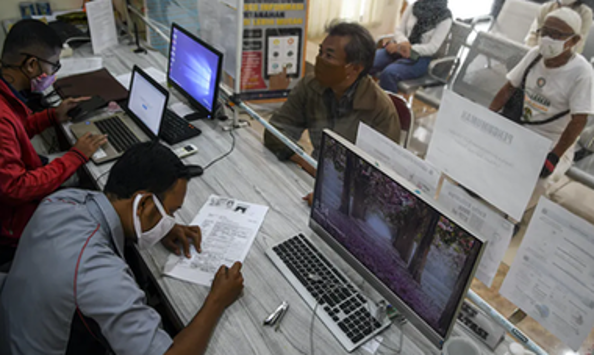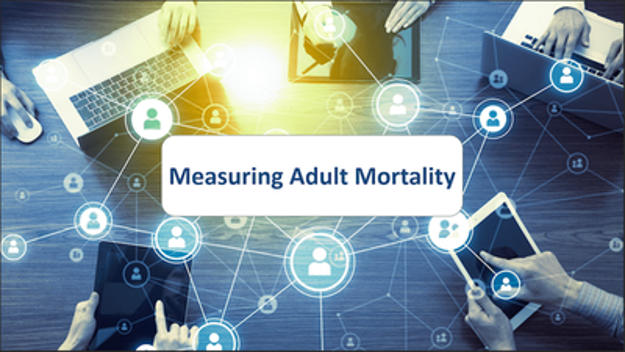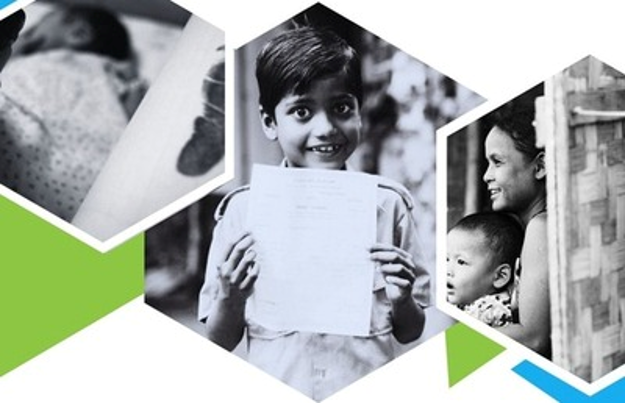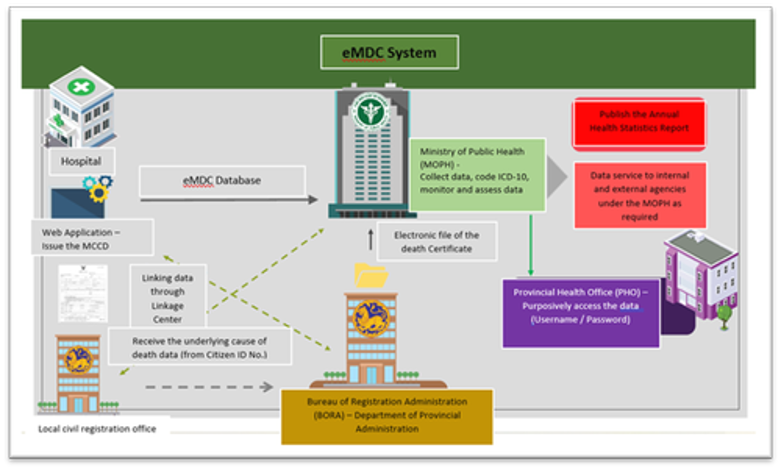(Newsletter: CRVS Insight July 2022)
ESCAP’s regional initiative to ‘Get Every One in the Picture’ was featured as a ‘Building Back Better Story’ in ESCAP’s Technical Cooperation Highlights 2020-2021. The excerpt highlights the role played by the regional initiative during the COVID-19 pandemic to raise awareness of the critical role of CRVS and lessons learned form the pandemic, as well as the ongoing technical support and capacity strengthening activities that ESCAP has spearheaded to ensure ongoing improvements to CRVS systems in Asia and the Pacific.
The report presents a diverse selection of projects that ESCAP has implemented with impact at the regional, subregional and country levels and, as such, paints a portrait of ESCAP as a strong development partner and provides a reference for good practices to achieve shared development goals.












